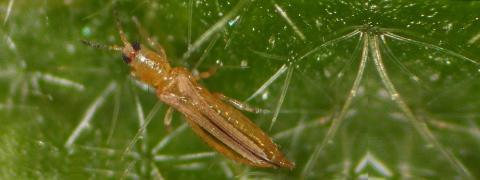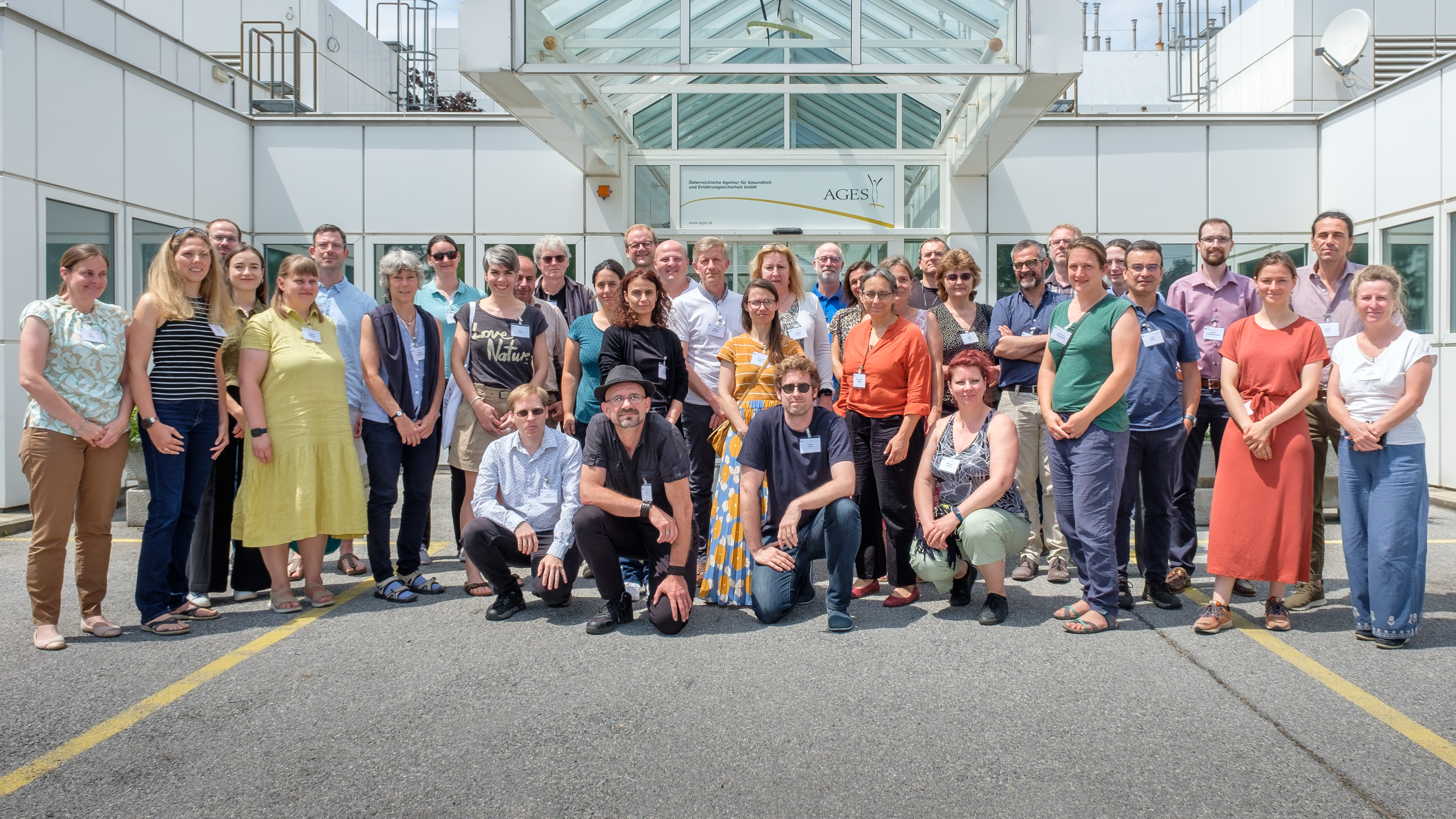PT 2024-2 Thrips palmi
Event concluded, final report available
This second proficiency test is organized in 2024 by ANSES, as part of its activities as a partner of the EURL for Insects and Mites. The purpose of this test is to evaluate the participating laboratories on their capacity to implement the EPPO PM 7/3 (3) standart (or any equivalent method) to identify the adults of T. palmi. It is mostly devoted to resolve the methodological issue pointed out last year for three NRLs. However, a few places are available for supplementary participants.
| Step |
Date |
|---|---|
| Call for registrations |
02/05 |
| Registrations closure |
17/05 |
|
Panels analysis |
03-21/06 |
| Transmission of final report to NRLs |
30/08 |
| Transmission of final report to EC and COPHs |
30/08 |
| Satisfaction survey analysis and campaign closure |
10/11 |

Photo: EPPO Global database, courtesy Philippe Ryckewaert (Cirad)
You must be logged in for downloading the report, click on the button below to proceed
Go to login pageEURL WORKSHOP 2024
Vienna is calling back!
EVENT CONCLUDED
The Annual Meeting 2024 of the EURL for Insect and Mites took place in Vienna on 25th of June.This year´s workshop was featured with a keynote speech on the genus Agrilus (Coleoptera, Buprestidae) by Aurelien Sallé, an internationally recognised expert from the University of Orleans. However, the main topic of the workshop was Agrilus planipennis, the emerald ash borer. The presentations provided an overview on biology, detection and identification, impact, and risk of entry, establishment and spread. The EPPO network of experts working on surveillance, monitoring, and control as well as Euphresco projects were introduced. A comprehensive validation study on several ID – tests for A. planipennis was presented by the EURL.
Other topics of the workshop addressed new tools for reference material. Impressive high-resolution pictures of insects and whole genome amplification showed new possibilities to provided reference material to the EU-NRLs. The programme was rounded off with reports on EPPO and EFSA activities (new diagnostic protocols) and updates on EU-priority pests (Lepidoptera black hole project, Pseudips mexicanus and Spodoptera frugiperda) by the EURL and EU-NRLs.
In addition—against the backdrop of the beautiful historic city of Vienna, the workshop offered plenty of networking opportunities for the participants.
Thank you all for your participation and we look forward to seeing you all again next year!
Please, find all the material (report and presentations) from the event by clicking HERE

You must be logged in for downloading the report, click on the button below to proceed
Go to login pagePT 2024-1 Agrilus planipennis
Event concluded, final report available
This first proficiency test is organized in 2024 by the Agence nationale de securité sanitaire, de l'alimentation, de l'environnement et du travail (Anses), as part of its activities as a partner of the European Union Reference Laboratory (EURL) for Insects and Mites. The purpose of this test is to evaluate the participating laboratories on their capacity to implement the EPPO PM 7/154 (1) standart (or any equivalent method) to identify the adults of A. planipennis.


You must be logged in for downloading the report, click on the button below to proceed
Go to login page